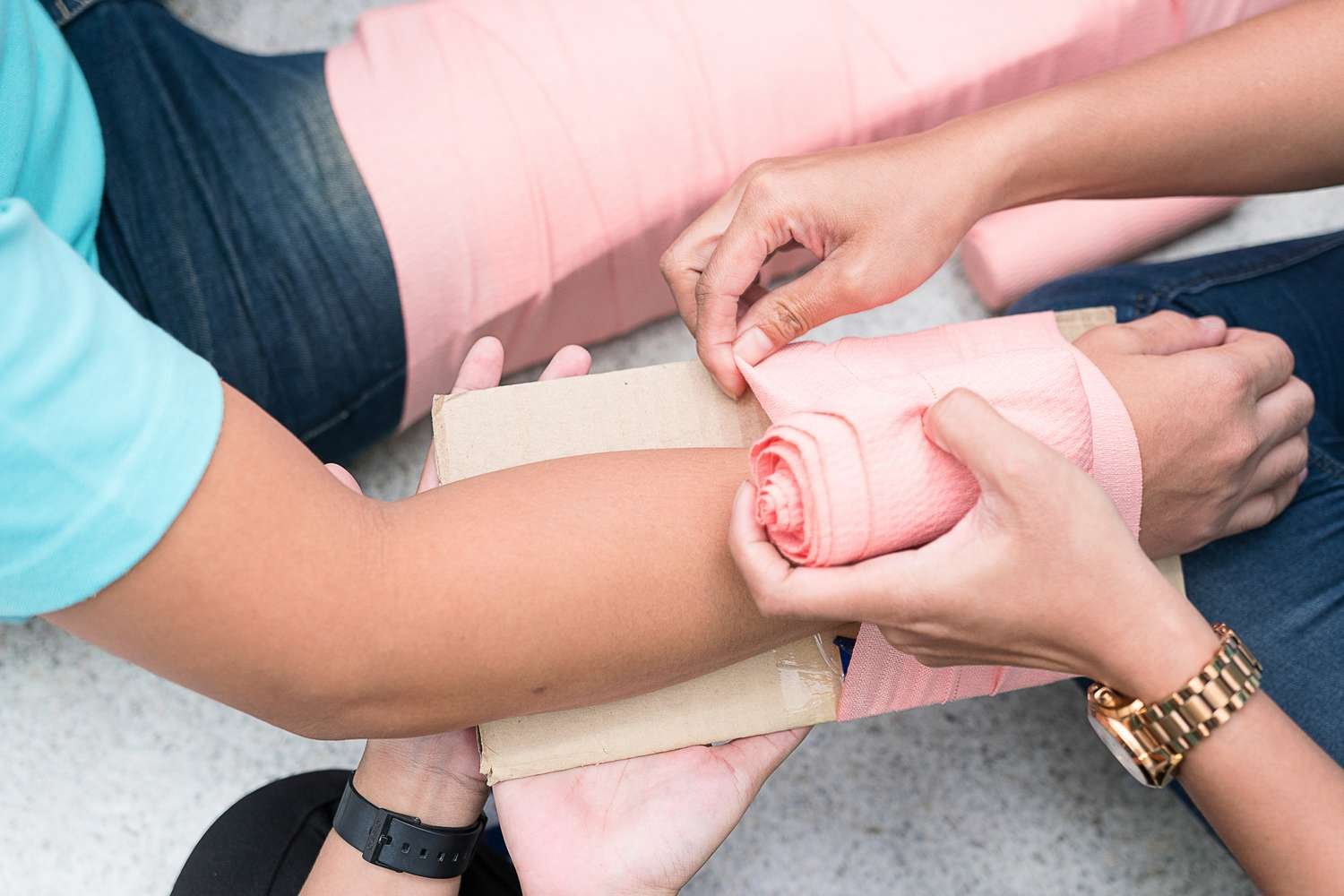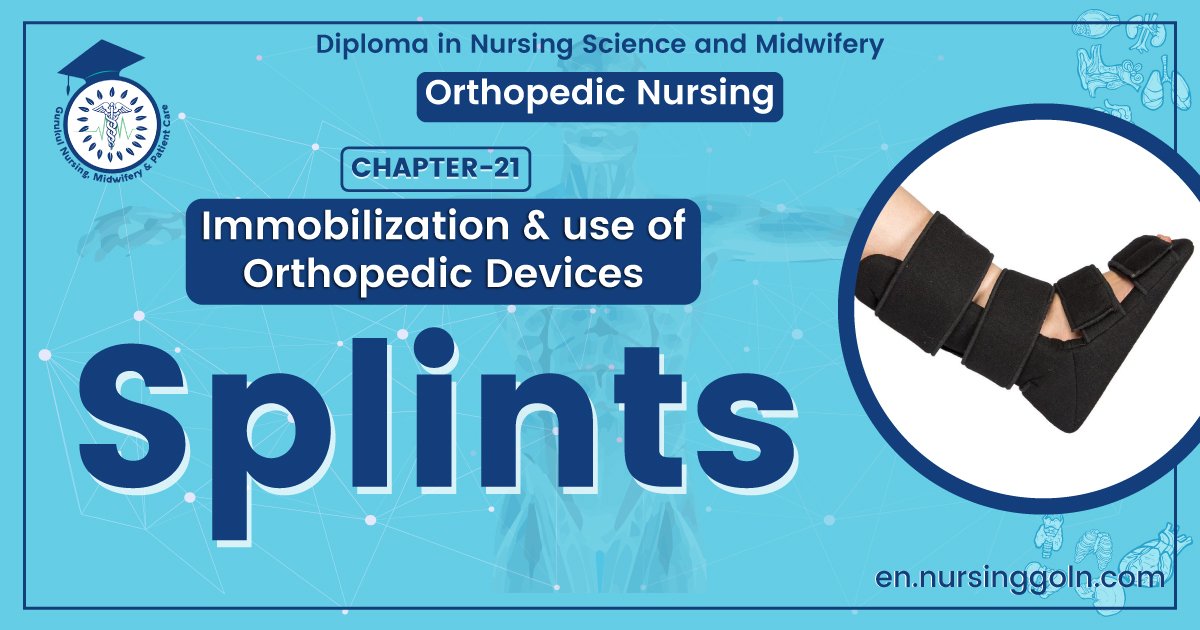Concept About Splints – An orthopedic nurse is a nurse who specializes in treating patients with bone, limb, or musculoskeletal disorders. Nonetheless, because orthopedics and trauma typically follow one another, head injuries and infected wounds are frequently treated by orthopedic nurses.
Ensuring that patients receive the proper pre-and post-operative care following surgery is the responsibility of an orthopedic nurse. They play a critical role in the effort to return patients to baseline before admission. Early detection of complications following surgery, including sepsis, compartment syndrome, and site infections, falls under the purview of orthopedic nurses.
Concept About Splints
Splints:
Any material which is used to support a fracture is called splints.
(Ref-John Ebnezar, Text book of orthpaedics, P-60)
Or
It is an appliance made of wood, metal and Plaster of Paris, used for the fixation, union or protection of an injured part of the body.
Or
Splints provide rigid supports to an extremity while being held in place by a bandage that allows expansion swelling occur.
Types of Splints:
There are two types of splints –
1) Unconventional splints: They are made of folded news paper, wood, cardboard etc. And are used in first aid measures of fracture.
2) Conventional Splints: They are refined sophisticated and serve both first aid and definitive care. E.g. POP splint, Thomas splint, Bohler-Braun splint etc. This type of splint is
popularly used today.
(Ref-John Ebnezar, Text book of orthpaedics, P-60)

Advantages and disadvantages of casts and splints:
A. Advantages:
1. No wound.
2. No interference with fracture site.
3. Cheap.
4. Adjustable.
5. No implants to remove.

B. Disadvantages:
1. Limited access to the soft tissues.
2. Cumbersome (particularly in the elderly).
3. Interferes with function.
4. Poor mechanical stability,
5. Plaster disease.
(Ref-Bailey & Love’s short practice of surgery, 25th edition, P-362)
Read more:

